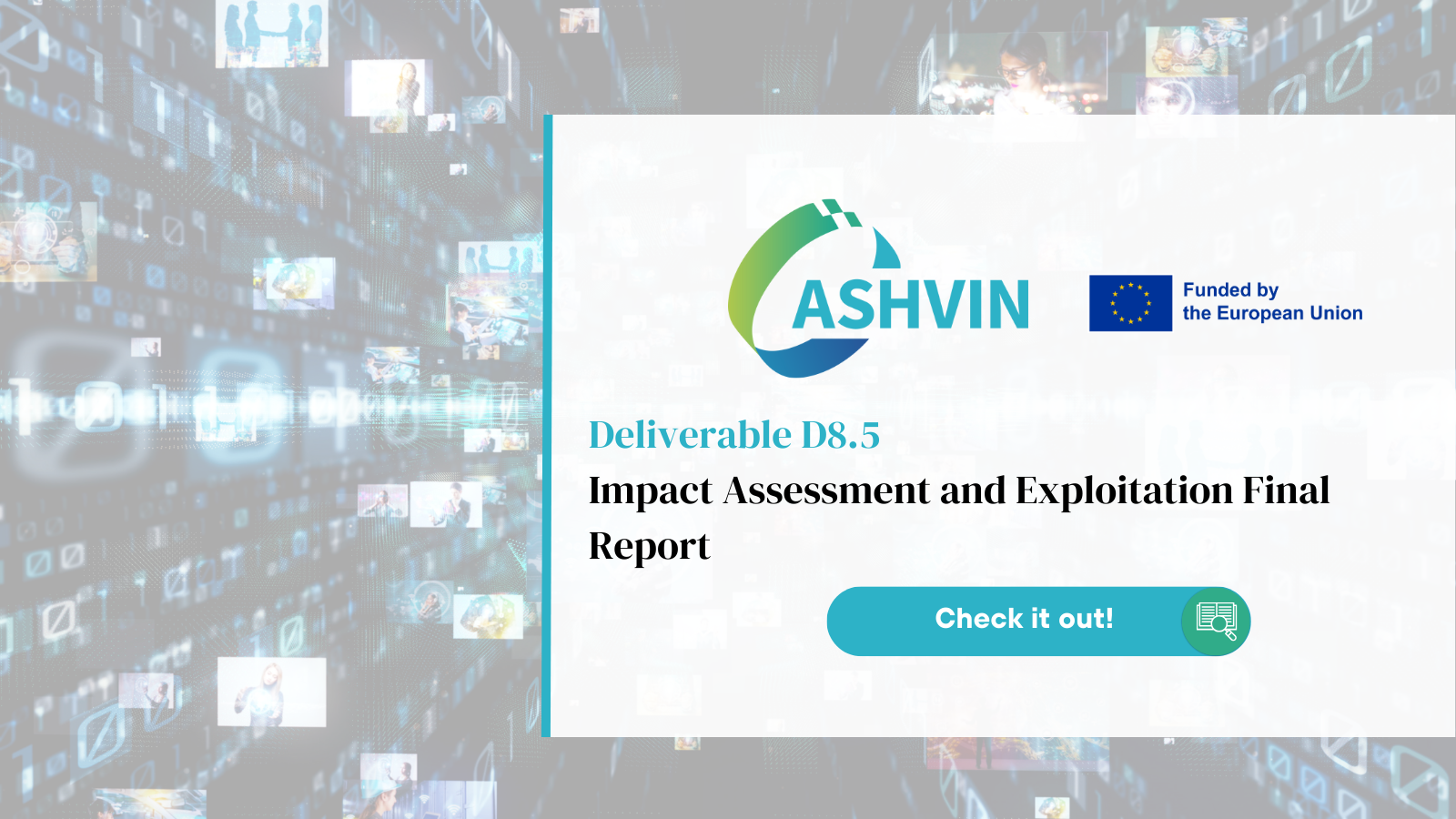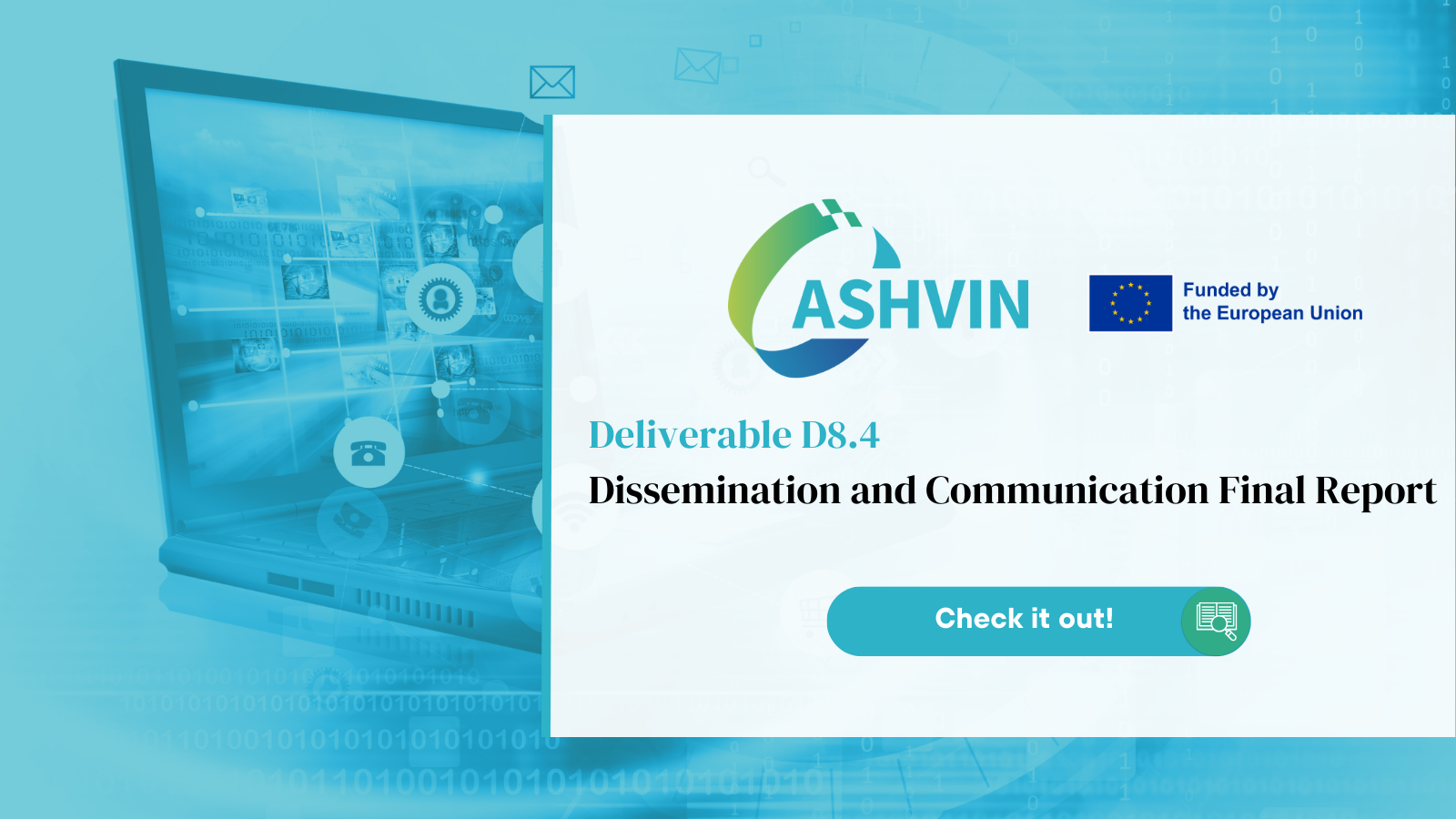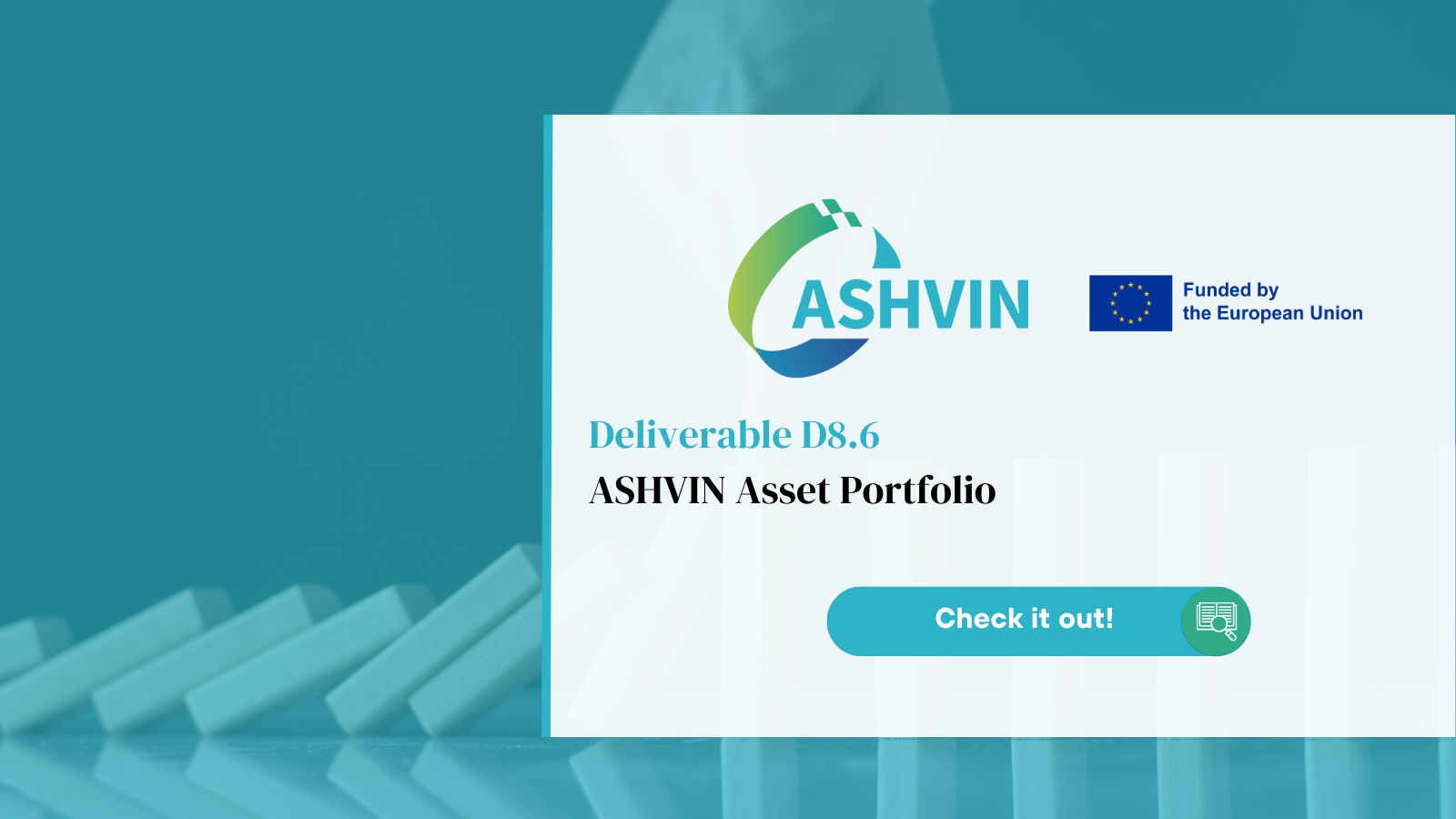Meeting with our Groundbreaking Researchers
At the forefront of technological convergence reshaping the intersection of cutting-edge technologies and project management in digital twinning are the dynamic realms of deep learning, computer vision and pattern recognition. These powerful domains synergize to endow digital twins with unprecedented capabilities. Spearheading this work within the ASHVIN project is our partner, The Centre for Research & Technology, Hellas (CERTH), with the invaluable research contributions of Research Assistant Marios Krestenitis.
We are pleased to present you this #3 interview from our series of discussions with the new generation of researchers that participate in the ASHVIN project as a part of their MsC, PhD or Postdoc studies. They will share their research approach in ASHVIN, and plans to continue exploiting this work beyond the project.
Today, we meet Marios, who has been an integral part of the ASHVIN project since June 2021. As a Research Assistant, he focuses on researching and implementing AI-driven methodologies that revolve around the processing of aerial imagery for infrastructure maintenance and industrial engineering applications. The ASHVIN project provides an ideal platform for him to delve into research within this cutting-edge domain. Our conversation with Marios promises valuable insights into his research journey.
For a comprehensive understanding, we invite you to watch the video where Marios shares his expertise. This discussion not only sheds light on the intricacies of his work but also sets the stage for further discussions, marking the third episode of our enlightening #ResearchStories series.
Hello Marios, we are very much looking forward to talking to you.
Hello, thanks for the invitation.
Could you describe the scope of your research, and how it is related to Digital Building Twins?
My current research focuses on the development of innovative deep learning-based techniques for processing UAV (Unmanned Aerial Vehicle) imagery data captured over infrastructure sites.
The primary objectives are: On the one hand Detect surface defects over the infrastructure’s elements, On the other hand, Construct a 3D representation of the examined site. These methods can lead to powerful tools that can significantly enhance the richness of information contained within Digital Building Twins and upgrade their representation quality.
In this direction, we can enable the scheduling of customized maintenance actions, optimizing the overall efficiency and longevity of the infrastructure.
Which challenges have you faced while doing your research?
Focusing on developing deep learning methods, one of the main challenges is dealing with the variability and complexity of real-world aerial imagery. Defect instances can vary significantly in shape and size, while presenting ambiguous boundaries with the complex texture of the depicted surfaces. Environmental factors, distortion effects (due to UAV movement), and lighting conditions can also vary significantly, which can affect the performance of deep learning models and their ability to handle different operational scenarios. These challenges require the development of robust models and algorithms that can overcome these issues.
Nevertheless, they also comprise the main motivation of my research, providing valuable learning experiences and opportunities for innovation and experimentation.
One last question, the ASHVIN project is ending in March 2024, what will you take with you from the project for the next steps of your research and professional development ?
My involvement in the ASHVIN project has motivated me to take the next step in my professional development and I am eager to pursue a Ph.D, focusing on addressing challenging state-of-the-art problems within the realms of deep learning and computer vision.
Specifically, I plan to delve into generative AI-based techniques, aiming to explore and develop methods capable of generating, editing, and enhancing visual data. Focusing to tackle one of the key issues in the deep learning domain, which is the performance limitations often encountered when applying AI-based methods to real-world data, that stem from the inconsistency between real-world data and the datasets commonly used for training the AI models.
My experience with the ASHVIN project has given me valuable insights and skills that I intend to carry forward into this next research and professional development phase.
Thanks for your time and we wish you the best in your PhD research!
💡 Did you know that behind the scenes in the ASHVIN project, there are over 30 university students from different degrees, contributing to the project’s research related to the technical development of the digital twin system and to its demonstration in real-life sites?
Our academic partners, the Technical University of Berlin (TUB), Erasmus University of Rotterdam (EUR) and Polytechnic University of Catalonia (UPC) oversee their involvement in this project.





